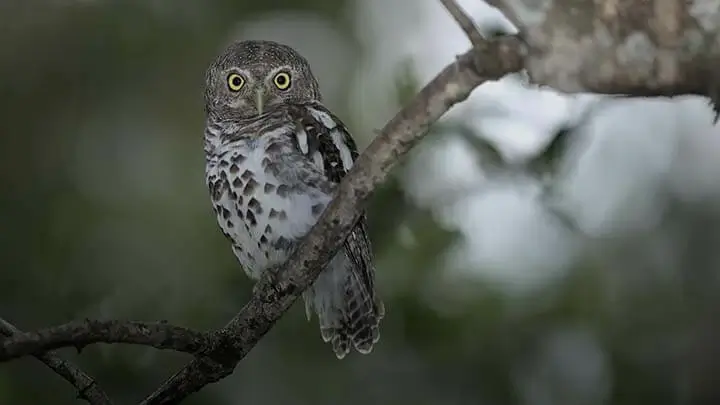
BIRDING IN
Limpopo National Park

BIRDING IN
Limpopo National Park

BIRDING IN
Limpopo National Park

BIRDING IN
Limpopo National Park
The Limpopo National Park came into being when an old hunting concession, Coutada 16, was declared a protected nature conservation area instead. The Limpopo National Park now forms part of the Great Limpopo Transfrontier Park, a transnational conservation area spanning the borders of Mozambique, South Africa and Zimbabwe. The Limpopo Province, with its vast unexplored areas and diverse habitats, offers one of the most exciting birding destinations in Southern Africa. Habitats range from vast tracts of montane grassland to afro-temperate forests, bushveld and wetlands.
There have been over 600 species recorded in the province to date. Limpopo offers an excellent variety of birds due to its habitat diversity. Raptors, woodland and wetland species are all particularly well represented. Due to the lack of a road network, most of the wildlife viewing in the park is done on foot, which is excellent from a bird watching point of view. About 200 of the 500 species in total are migrants.
The Eastern Escarpment including Magoebaskloof and the Soutpansberg mountain range create relief in the landscape which allows for the development of afro-temperate forests, with Cape Parrot, Black-fronted Bush-Shrike, Barratt's Warbler, Yellow-streaked Greenbul, and Orange Ground Thrush. While the eastern lower slopes and valleys of Magoebaskloof provide reliable sites for the elusive Bat Hawk and Green Twinspot. The lowland rivers such as the Limpopo, Levubu and Letaba rivers form corridors for species normally associated with coastal forests with birds such as Mottled Spinetail, Lemon-breasted Canary, Pel's Fishing Owl and White-fronted Plover on them.
Birding Specials Treats for Avid Birders; African barred owlet, African broadbill, African finfoot, African pygmy goose, , Allen's gallinule, Dwarf bittern, Eastern nicator, Greater painted-snipe, Grey-rumped swallow, Lemon-breasted canary, Lesser jacana, Mottled spinetail, Pel's fishing-owl, Pennant-winged nightjar, Pink-throated twinspot, Rudd's apalis, Southern ground hornbill, White-backed night heron, Yellow-billed oxpecker
Our Experts are ready to provide answers
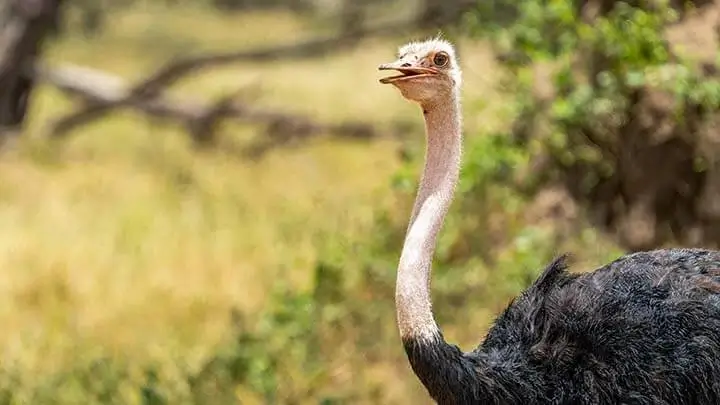
hese landscapes support a wealth of bird species, with 318 species being confirmed in the park to date and many additional species believed to still occur in the park.
Read More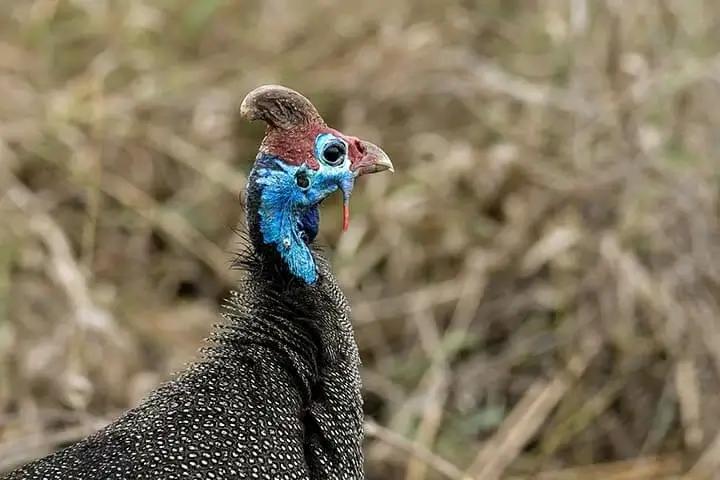
The park is an important wintering ground for migratory waders from the Palearctic. For six species of non-breeding waterbird, numbers exceed the 1% population thresholds.
Read More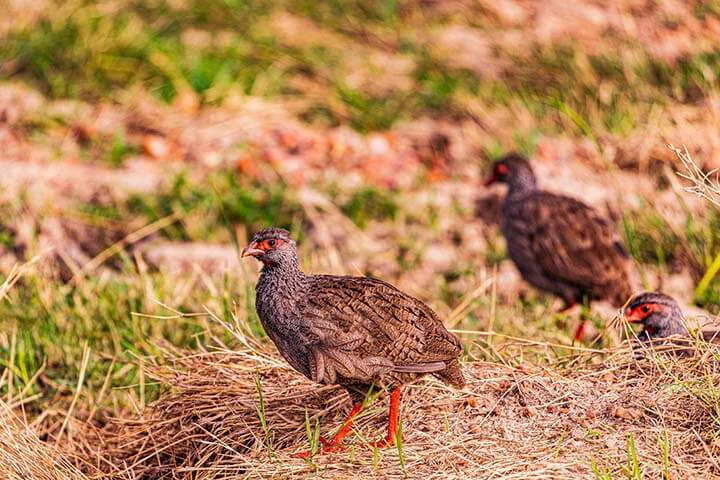
Gorongosa mountain makes up less than 10% of the extent of this site, but is the most important part because most of the bird species which are of conservation interest are concentrated here.
Read More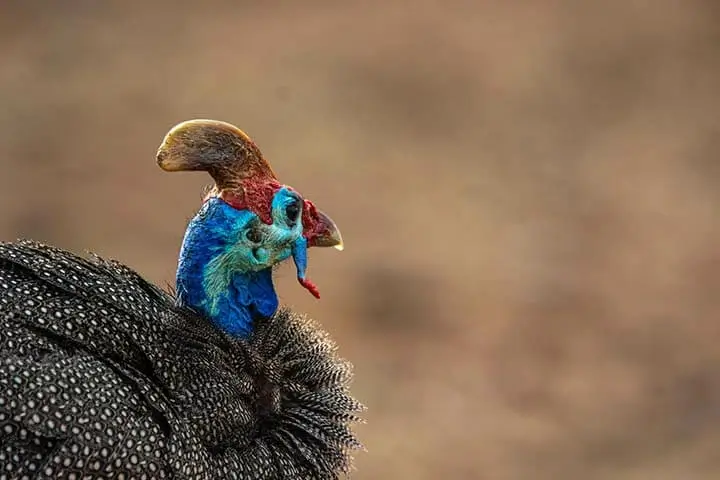
Number of bird species here are 202 and the number of globally threatened species are two. Some of those include;
Read More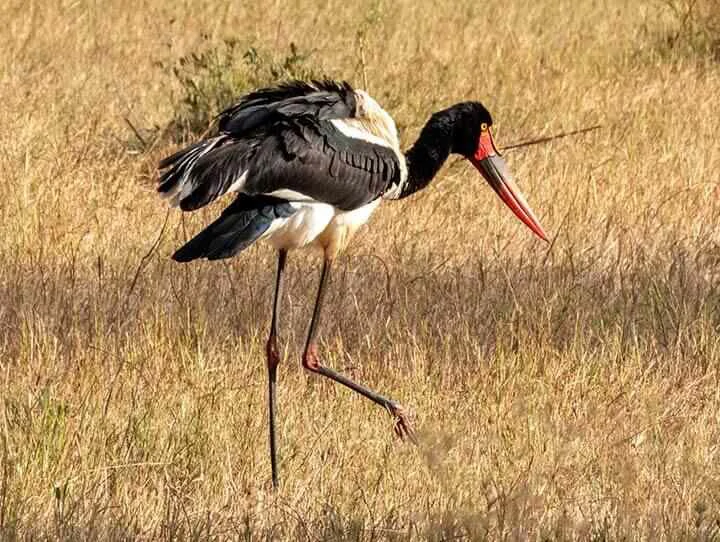
Zinave National Park has 177bird species, 4 of which are globally threatened species. Bird species to look out for at Zinave include; Common Ostrich, White-faced Whistling, Duck, Egyptian Goose, Spur-winged Goose, Comb Duck, Helmeted Guineafowl, Crested Guineafowl, Red-necked Spurfowl,
Read More